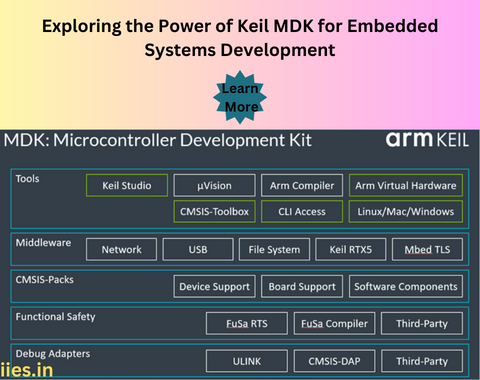1. Consumer Electronics:
– Microcontrollers power everyday devices such as washing machines, microwave ovens, and air conditioners, providing precise control and automation.
2. Automotive Systems:
– In the automotive industry, microcontrollers control engine management systems, ABS (Anti- lock Braking System), airbag deployment, and various other subsystems, contributing to vehicle safety and efficiency.
3. IoT (Internet of Things):
– Microcontrollers form the backbone of IoT devices, facilitating communication and control in smart homes, industrial automation, and wearable devices.
4. Medical Devices:
– From insulin pumps to patient monitors, microcontrollers are integral to the functionality of various medical devices, ensuring accurate and timely responses.
5. Industrial Automation:
– Microcontrollers play a crucial role in industrial automation, controlling machinery, monitoring processes, and optimizing production in manufacturing environments.
6. Robotics:
– Robotics heavily relies on microcontrollers for motor control, sensor integration, and decision-making algorithms, enabling precise and coordinated movements.
7. Communication Systems:
– Microcontrollers are essential in communication systems, managing data transmission and reception in devices such as modems, routers, and communication modules.

